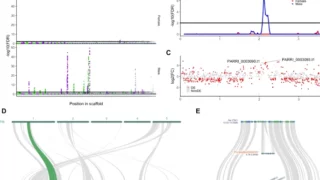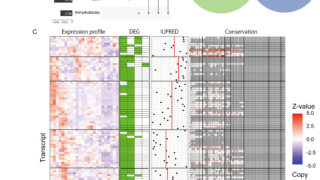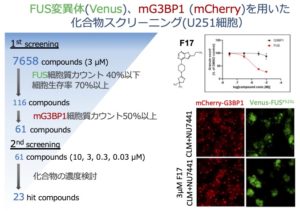In vivo expression vector derived from anhydrobiotic tardigrade genome enables live imaging in Eutardigrada
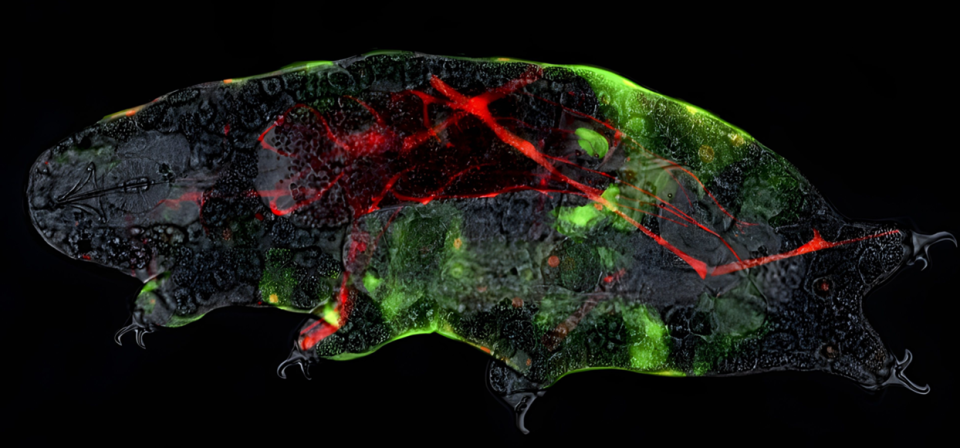
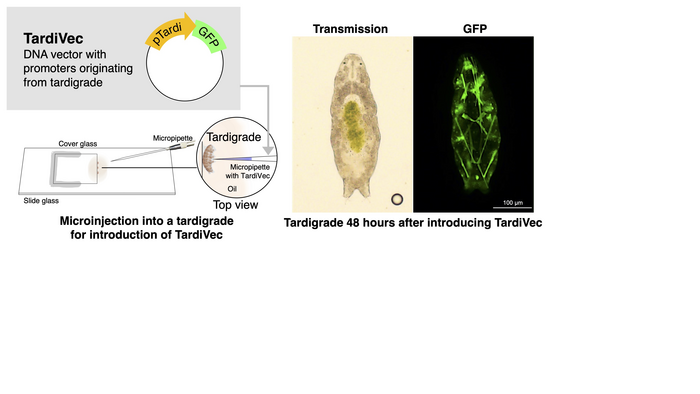
Water is essential for life, but anhydrobiotic tardigrades can survive almost complete dehydration. Anhydrobiosis has been a biological enigma for more than a century with respect to how organisms sustain life without water, but the few choices of genetic toolkits available in tardigrade research have been a challenging circumstance. Here, we report the development of an in vivo expression system for tardigrades. This transient transgenic technique is based on a plasmid vector (TardiVec) with promoters that originated from an anhydrobiotic tardigrade Ramazzottius varieornatus. It enables the introduction of GFP-fused proteins and genetically encoded indicators such as the Ca2+ indicator GCaMP into tardigrade cells; consequently, the dynamics of proteins and cells in tardigrades may be observed by fluorescence live imaging. This system is applicable for several tardigrades in the class Eutardigrada: the promoters of anhydrobiosis-related genes showed tissue-specific expression in this work. Surprisingly, promoters functioned similarly between multiple species, even for species with different modes of expression of anhydrobiosis-related genes, such as Hypsibius exemplaris, in which these genes are highly induced upon facing desiccation, and Thulinius ruffoi, which lacks anhydrobiotic capability. These results suggest that the highly dynamic expression changes in desiccation-induced species are regulated in trans. Tissue-specific expression of tardigrade-unique unstructured proteins also suggests differing anhydrobiosis machinery depending on the cell types. We believe that tardigrade transgenic technology opens up various experimental possibilities in tardigrade research, especially to explore anhydrobiosis mechanisms.
水は生命にとって不可欠であるが、乾眠状態のクマムシはほぼ完全な脱水状態でも生き延びることができる。乾眠時に生物がどのように水なしで生命を維持しているのかという謎は、1世紀以上にわたって研究されてきているが、遺伝学的ツールキットの選択肢が少ないことがこれを困難としていた。そこで、本研究では新規のクマムシin vivo発現系の開発について報告する。本技術は、乾眠能力の高いヨコヅナクマムシ(Ramazzottius varieornatus)由来のプロモーターを持つプラスミドベクター(TardiVec)を用いた一過性のトランスジェニック技術である。本技術により、GFP融合タンパク質やCa2+インジケーターGCaMPなどの遺伝子をクマムシの細胞内に導入し、クマムシのタンパク質や細胞の動態を蛍光ライブイメージングで観察することが可能となった。TardiVecは真クマムシ綱のクマムシに幅広く適用可能である。さらに、TardiVecを用いることで、乾眠関連遺伝子のプロモーターが組織特異的に発現していることが確認された。また、周囲の環境が乾燥してくると、乾眠関連遺伝子の発現が強く誘導されるヤマクマムシ(Hypsibius exemplaris)や、乾眠能力を持たない(Thulinius ruffoi)など、乾眠関連遺伝子の発現様式が異なる種間でも、意外にもプロモーターが同様に機能した。これらの結果は、乾眠時の大規模な発現誘導はプロモーターレベルではなく、より高次にトランス制御を受けていることを示唆している。また、クマムシ固有の非ドメイン型タンパクの組織特異的な発現は、細胞の種類によって乾眠機構が異なることを示唆している。クマムシのトランスジェニック技術は、クマムシ研究、特に乾眠機構の解明において様々な実験の可能性を開くものと考えている。
Authors: Sae Tanaka, Kazuhiro Aoki, Kazuharu Arakawa
Journal: PNAS,120(5):e2216739120
DOI: https://doi.org/10.1073/pnas.2216739120
日本語プレスリリース クマムシゲノム由来のDNA配列を用いて、光るクマムシの作出に成功 -水のない生命の仕組みの解明を目指して-
英文プレスリリース Water bears shine brightly via a novel in vivo expression vector system
投稿者プロフィール



